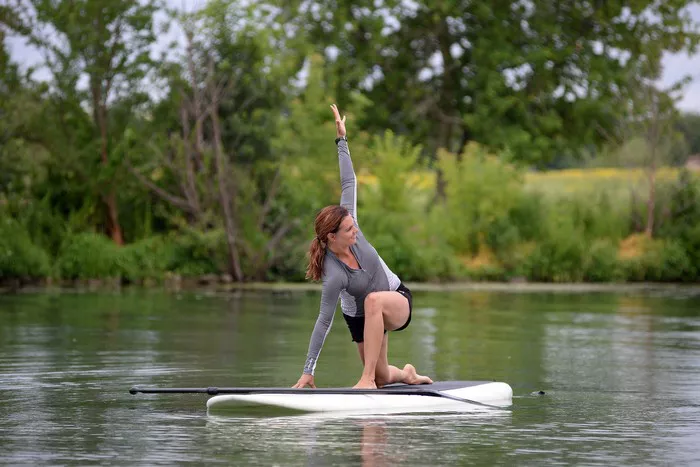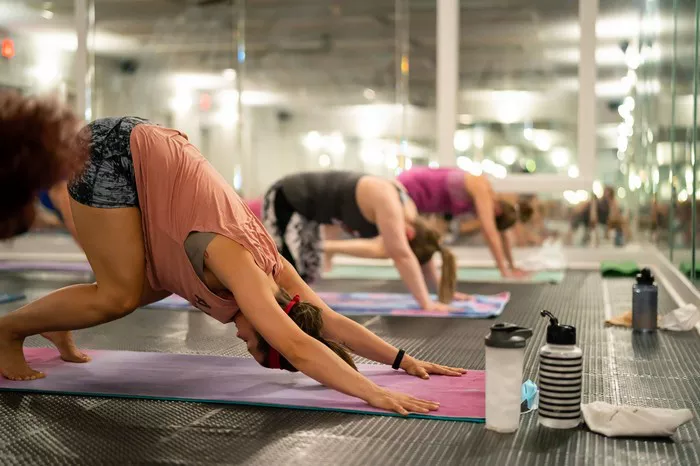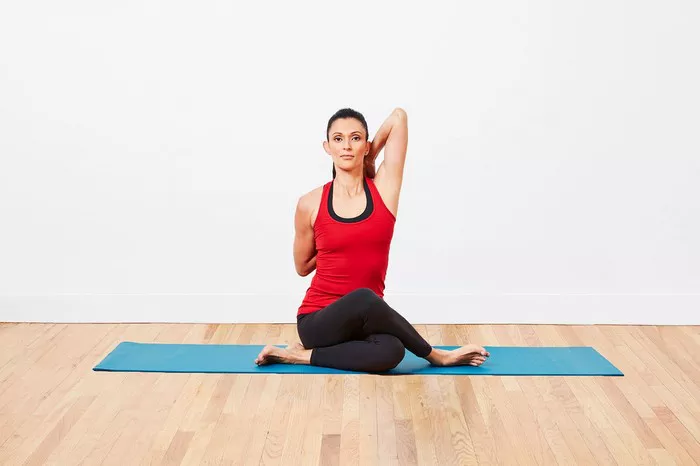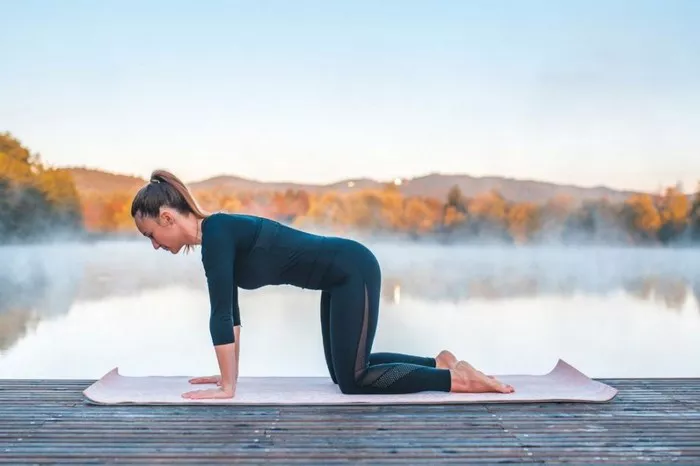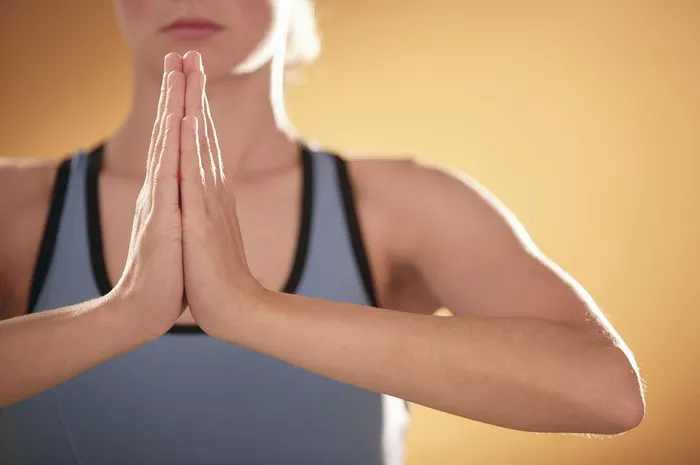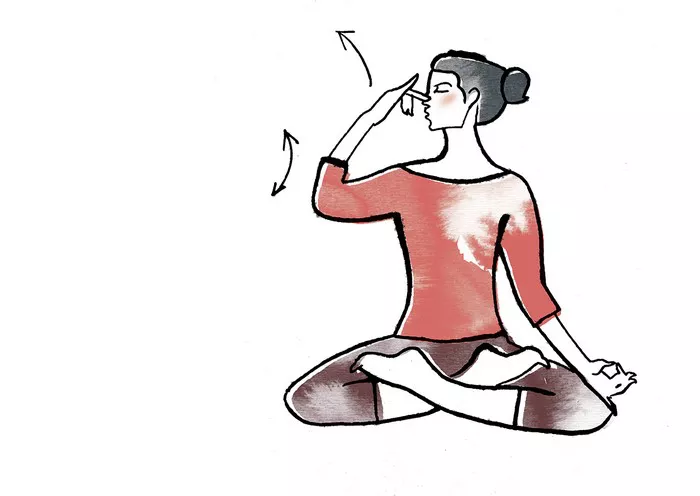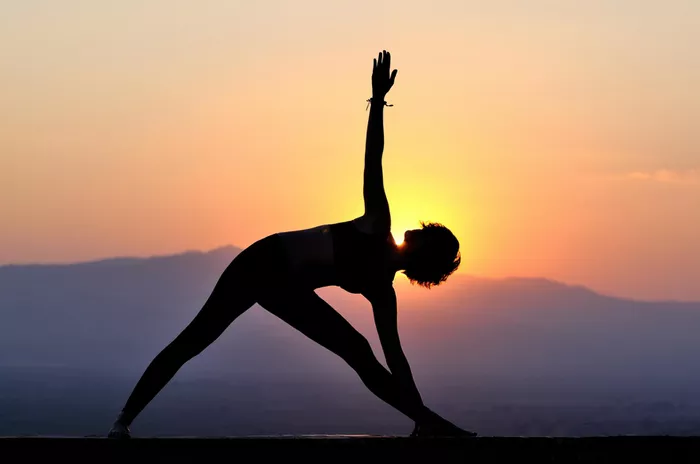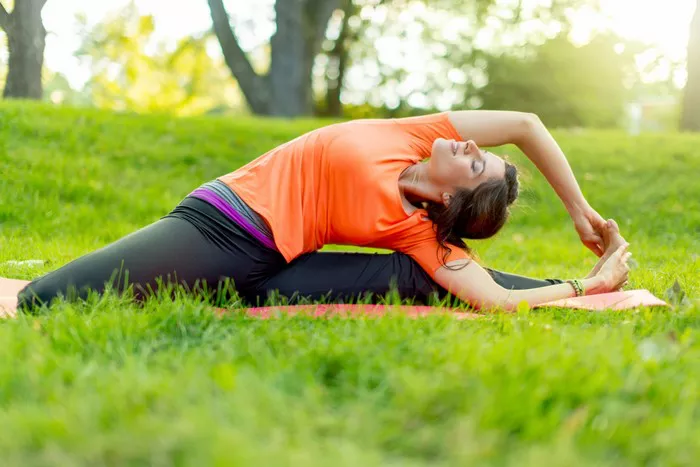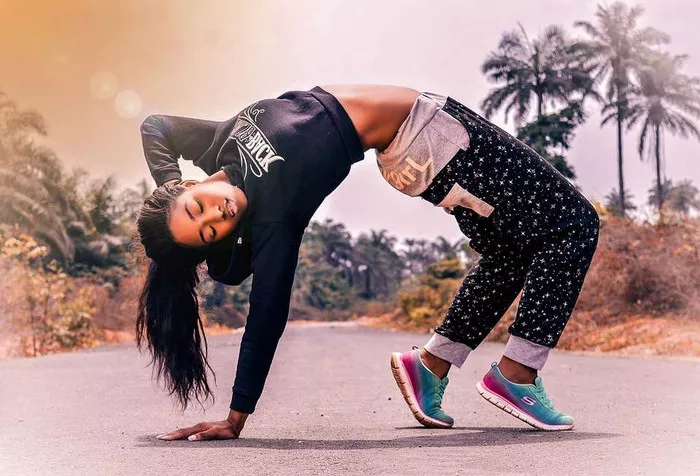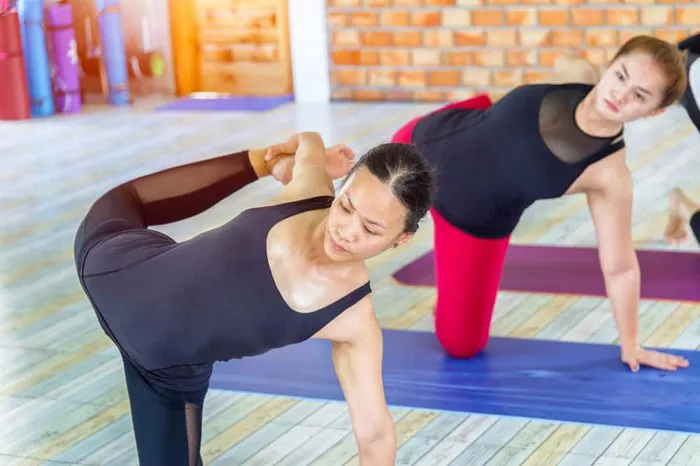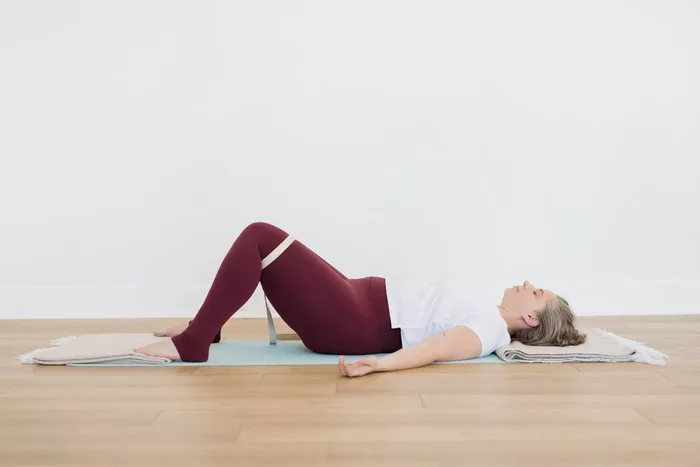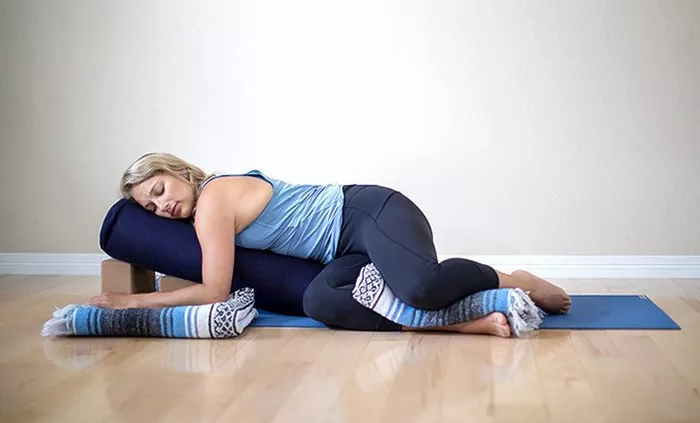The practice of yoga has long been celebrated for its ability to enhance both physical and mental well-being. Among the many benefits yoga offers, one of the most intriguing concepts is the activation or “opening” of the third eye. The third eye, also known as the Ajna chakra, is believed to be the seat of intuition, insight, and higher consciousness. It is the gateway to deeper spiritual understanding and enlightenment. In this article, we will explore the concept of the third eye in yoga, what it represents, and how various yoga practices can help open this powerful energy center.
What is the Third Eye in Yoga?
In yogic philosophy, the third eye is associated with the sixth chakra, Ajna, which is located in the center of the forehead, just above the space between the eyebrows. The word “Ajna” comes from Sanskrit, meaning “command” or “perception,” reflecting its role as the center of perception, intuition, and wisdom. The third eye is often symbolized by a deep indigo or violet color and is said to govern our ability to see beyond the material world into the realm of higher knowledge and consciousness.
Opening the third eye is often linked to the development of spiritual awareness, increased intuition, and heightened perception. It is believed that when the third eye is open, a person can access a deeper sense of wisdom, clarity, and understanding that is not limited by the five senses.
The Importance of Opening the Third Eye
The third eye is considered to be a powerful energy center that can offer several profound benefits, both in your spiritual journey and your daily life. Some of the most significant advantages include:
1. Enhanced Intuition
The third eye is said to govern your intuitive abilities, which include the capacity to perceive and understand things that are not immediately visible or logical. By opening the third eye, you may experience a stronger connection to your inner wisdom, allowing you to make decisions and judgments that align with your higher self.
2. Increased Clarity and Insight
An open third eye is often associated with greater mental clarity. It can help you see situations, relationships, and challenges from a more balanced and insightful perspective, leading to improved decision-making and problem-solving abilities.
3. Expanded Awareness and Perception
The third eye helps you move beyond the limitations of the physical senses, allowing you to experience a broader understanding of the world around you. This expanded awareness is not just about intellectual knowledge but also about a deeper, more holistic sense of reality.
4. Spiritual Awakening
The third eye is traditionally linked to spiritual awakening. By activating this chakra, you can unlock a deeper sense of purpose and connection with the divine or the universe. This often leads to profound shifts in consciousness and personal transformation.
5. Mental and Emotional Balance
Opening the third eye can also help you achieve greater mental and emotional stability. By clearing away mental fog and distractions, the third eye allows you to experience a sense of inner peace and emotional equilibrium.
How to Open the Third Eye with Yoga
Opening the third eye is not an overnight process. It requires consistent practice, patience, and dedication. Yoga offers several practices that can help activate and balance the Ajna chakra, paving the way for spiritual growth and self-awareness. The following practices are effective tools to open the third eye and enhance its energy.
1. Meditation
Meditation is one of the most powerful tools for activating the third eye. By stilling the mind and focusing inward, you create the space necessary for deep connection with your intuition and higher consciousness. Here are some meditation techniques that can help open the third eye:
Trataka (Concentration on a Flame)
Trataka is a yogic practice that involves focusing on a single point of concentration, often a candle flame. By concentrating on the flame for an extended period, you strengthen your ability to focus and quiet the mind, which is essential for accessing the energy of the third eye.
- Light a candle and place it at eye level in front of you.
- Sit comfortably in a meditation posture with your spine straight.
- Gaze at the flame without blinking. Keep your focus on the flame, letting go of any distractions.
- After 5-10 minutes, close your eyes and visualize the flame in your mind’s eye.
- Sit in this stillness for a few more minutes, absorbing the energy of the practice.
Ajna Chakra Meditation
Ajna chakra meditation focuses specifically on the third eye and is a direct way to activate its energy. This can be done by bringing your awareness to the space between your eyebrows and visualizing a bright indigo light.
- Sit in a comfortable position with your spine straight.
- Close your eyes and bring your attention to the space between your eyebrows.
- Imagine an indigo or violet light glowing in that area, expanding and intensifying with each breath.
- As you inhale, visualize the light growing brighter and more powerful.
- As you exhale, feel any tension or blockages in your mind being released.
- Continue this meditation for 10-15 minutes, focusing on the sensation of the third eye.
Mantra Chanting
Mantra chanting is another effective method for activating the third eye. The mantra associated with the third eye is “Om,” which is believed to be the sound of the universe. Repeating this sound can help you connect with higher consciousness and open the third eye.
- Sit in a comfortable position and close your eyes.
- Take a deep breath and exhale fully.
- Begin chanting “Om” aloud or silently, focusing on the vibration of the sound.
- Feel the vibration in the area of your third eye, allowing it to open and expand.
2. Asanas (Yoga Poses)
Certain yoga poses are particularly beneficial for stimulating the third eye. These poses not only help activate the Ajna chakra but also create the physical and energetic alignment needed to facilitate its opening.
Child’s Pose (Balasana)
Child’s pose is a gentle forward fold that can help calm the mind and stimulate the third eye. By resting your forehead on the mat, you encourage the flow of energy to the Ajna chakra.
- Start on your hands and knees, with your knees spread wide and your toes touching.
- Slowly lower your torso towards the floor, resting your forehead on the mat.
- Stretch your arms in front of you or rest them alongside your body.
- Breathe deeply, allowing your forehead to press gently into the mat, stimulating the third eye.
Downward-Facing Dog (Adho Mukha Svanasana)
This pose encourages a connection between the body and the third eye. The upside-down position helps redirect the flow of energy to the Ajna chakra.
- Begin on your hands and knees.
- Lift your hips up and back, forming an inverted “V” shape with your body.
- Keep your feet hip-width apart and your hands shoulder-width apart.
- Let your head relax between your arms, keeping your gaze towards your feet or navel.
- Breathe deeply, focusing on the space between your eyebrows.
Standing Forward Fold (Uttanasana)
This is another forward bending pose that helps focus the energy in the third eye area. It promotes deep relaxation and mental clarity.
- Stand tall with your feet hip-width apart.
- Hinge at your hips and fold forward, bringing your head towards the floor.
- Allow your forehead to touch your legs or the ground.
- Relax your neck and shoulders, letting go of any tension.
- Breathe deeply, directing your awareness to the space between your eyebrows.
3. Pranayama (Breathing Exercises)
Breathing exercises, or pranayama, are essential for balancing the energy in the body and mind. Certain pranayama techniques can specifically help activate the third eye and enhance mental clarity.
Nadi Shodhana (Alternate Nostril Breathing)
Nadi Shodhana is a calming breathing practice that helps balance the flow of energy in the body and clear any blockages in the mind, making it easier to open the third eye.
- Sit comfortably with your spine straight.
- Use your right thumb to close your right nostril and inhale deeply through your left nostril.
- Close your left nostril with your right ring finger and release your right nostril.
- Exhale deeply through your right nostril, then inhale through the same nostril.
- Close your right nostril again and exhale through your left nostril.
- Continue alternating nostrils for 5-10 minutes.
Bhramari (Bee Breath)
Bhramari is a calming pranayama technique that stimulates the third eye by creating vibrations in the head and face. This practice can help clear mental blockages and promote clarity.
- Sit in a comfortable position with your spine straight.
- Close your eyes and take a deep breath in.
- As you exhale, make a humming sound like a bee.
- Continue humming for the duration of the exhale.
- Repeat for 5-10 rounds, focusing on the vibrations in your head.
4. Visualization Techniques
Visualization can be a powerful tool for opening the third eye. By picturing the third eye as a glowing indigo light or focusing on specific imagery, you can enhance your connection with the energy of this chakra.
- Close your eyes and take a few deep breaths.
- Visualize a glowing indigo light in the space between your eyebrows.
- Picture this light expanding with each breath, growing brighter and more powerful.
- Imagine this light dissolving any blockages or limitations in your mind.
- Continue visualizing for 10-15 minutes.
5. Diet and Lifestyle
A balanced diet and lifestyle can also support the activation of the third eye. Foods that are rich in antioxidants and vitamins, such as blueberries, almonds, and leafy greens, can help maintain mental clarity. Reducing distractions, managing stress, and creating a peaceful environment are equally important for spiritual growth.
Conclusion
Opening the third eye with yoga is a gradual and transformative process that requires dedication and consistent practice. Through meditation, asanas, pranayama, and visualization, you can activate the Ajna chakra and experience the profound benefits of heightened intuition, clarity, and spiritual awakening. By incorporating these practices into your daily routine, you can unlock the powerful potential of the third eye and embark on a deeper journey of self-awareness and enlightenment.
Related Topics:

